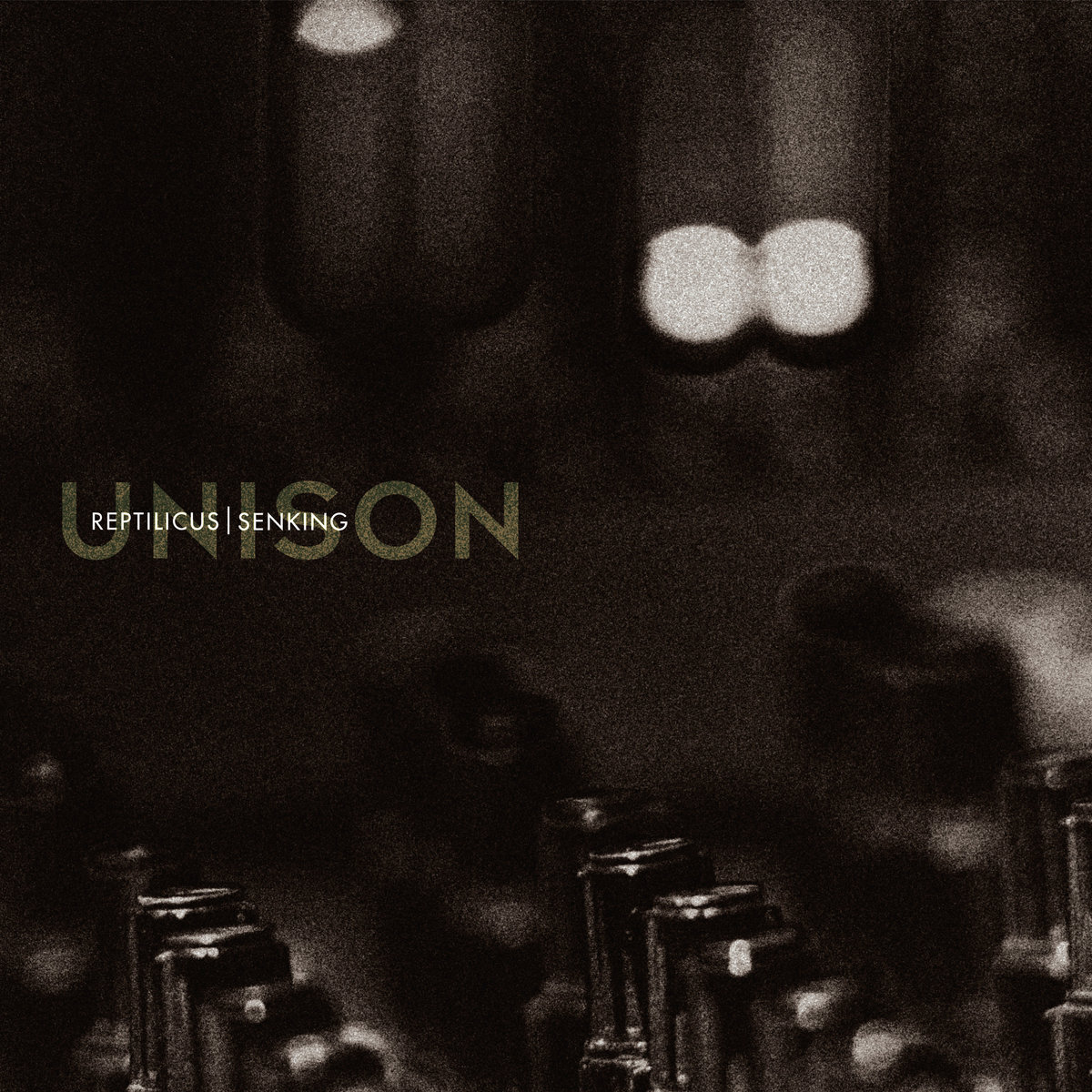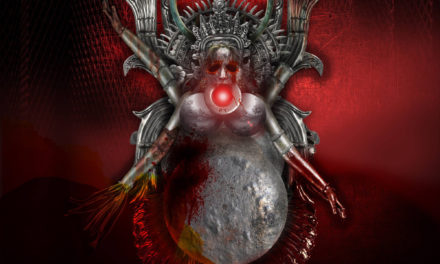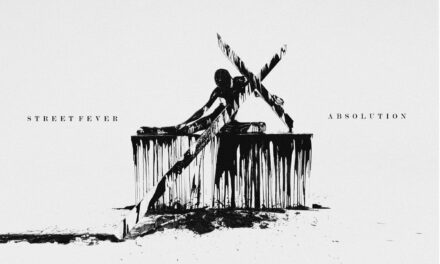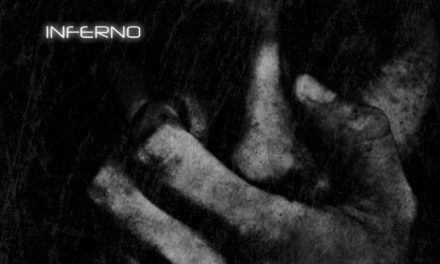
Reptilicus & Senking
Unison
Artoffact Records
Way back in 2011, long-running experimental electronic duo Reptilicus joined techno minimalist Senking and avant garde composer Rúnar Magnússon at Hamilton Ontario’s Grant Avenue studios for a recording session done in association with the then in-production modular synth documentary I Dream of Wires. Utilizing a wide range of classic and exotic synths, the makeshift electronic supergroup recorded a few hours of raw material which has since been passed between each project until being completed nearly seven years after it was initiated. The result is Unison, a record that speaks both to aspects of each of the contributors, and the off-the-cuff origins of the release.
The sound of the release is understandably varied, buzzing with a tension that exists between the improvisational nature of the original recordings and the work that has since been done on them. You can definitely hear elements of Reptilicus’ function-over-form approach to composition and Senking’s minimal brutalist techno at play, but in concert those elements have a playful, eclectic feel that belies the grave tenor of much of the sound design. “Delivery” and “Shiver” specifically have some of that in them, using the interplay of blasts of subdued noise, groovy percussion tracks and drones to create movement, energy and depth.
The experimentalist nature of the collaborators also makes for some notable variety in songs and approaches. The way that sustained tones coalesce out of the substrata on “For Decades” before being filtered back into pure ambience is unlike anything else present, acting as an impassive glacier in the midst of its more rhythmic neighbours. “Independent Access to White Noise” borders on twee-IDM in its initial moments of melody, but rapidly subverts those tropes with broken rhythms and tweaky sequences that criss cross the track in unpredictable ways.
As a release Unison bears the marks of what it is pretty openly, a collaborative effort that finds unity in spirit and philosophy more than in sonic markers or technical approaches. That in itself gives it a sort of mystique, like a long forgotten jazz side recorded by famous players on a lark. There’s a pleasingly free and easy sensibility to this music that one might not expect, but that makes perfect sense in the context it creates for itself with each movement and passage.





